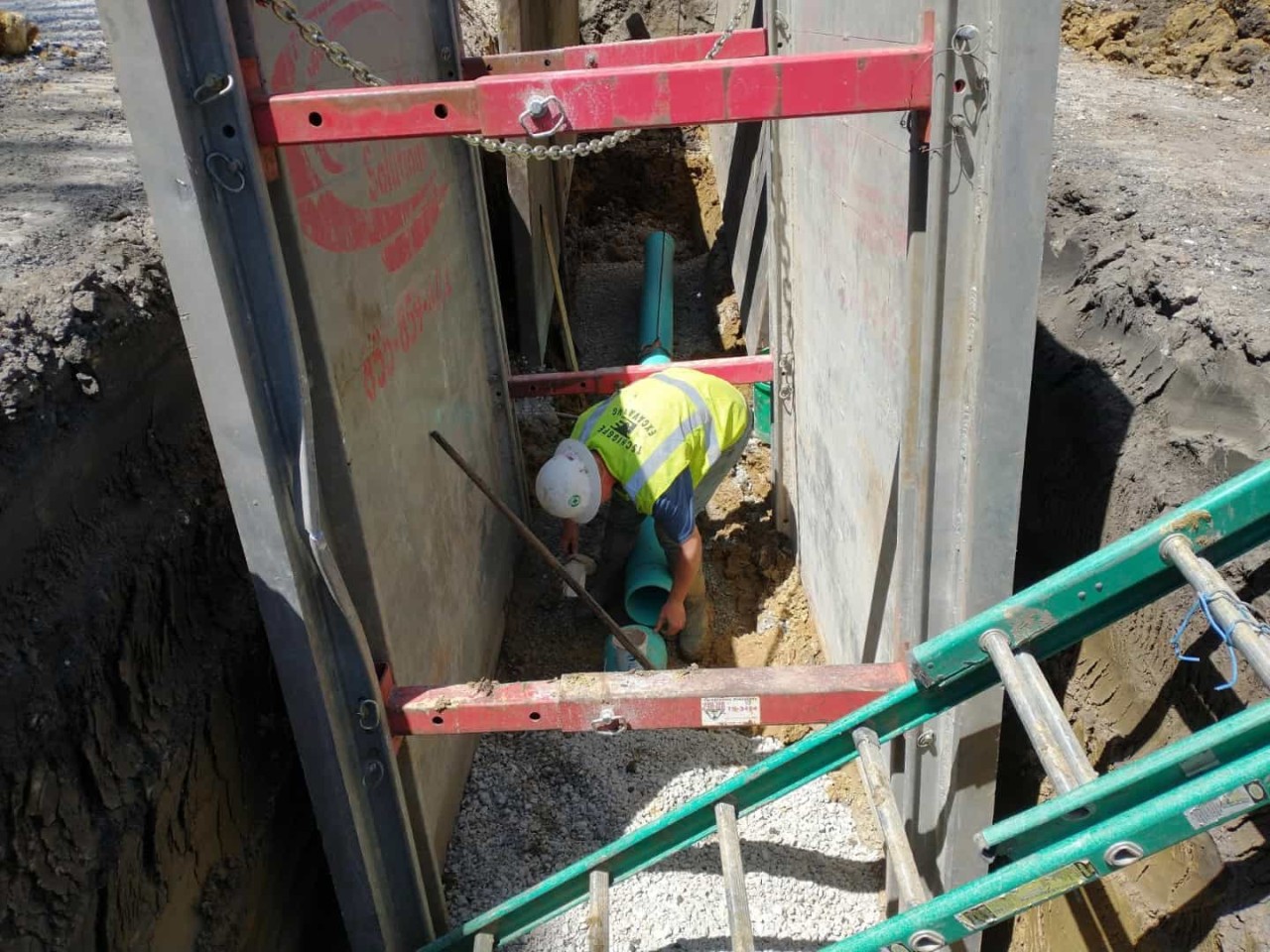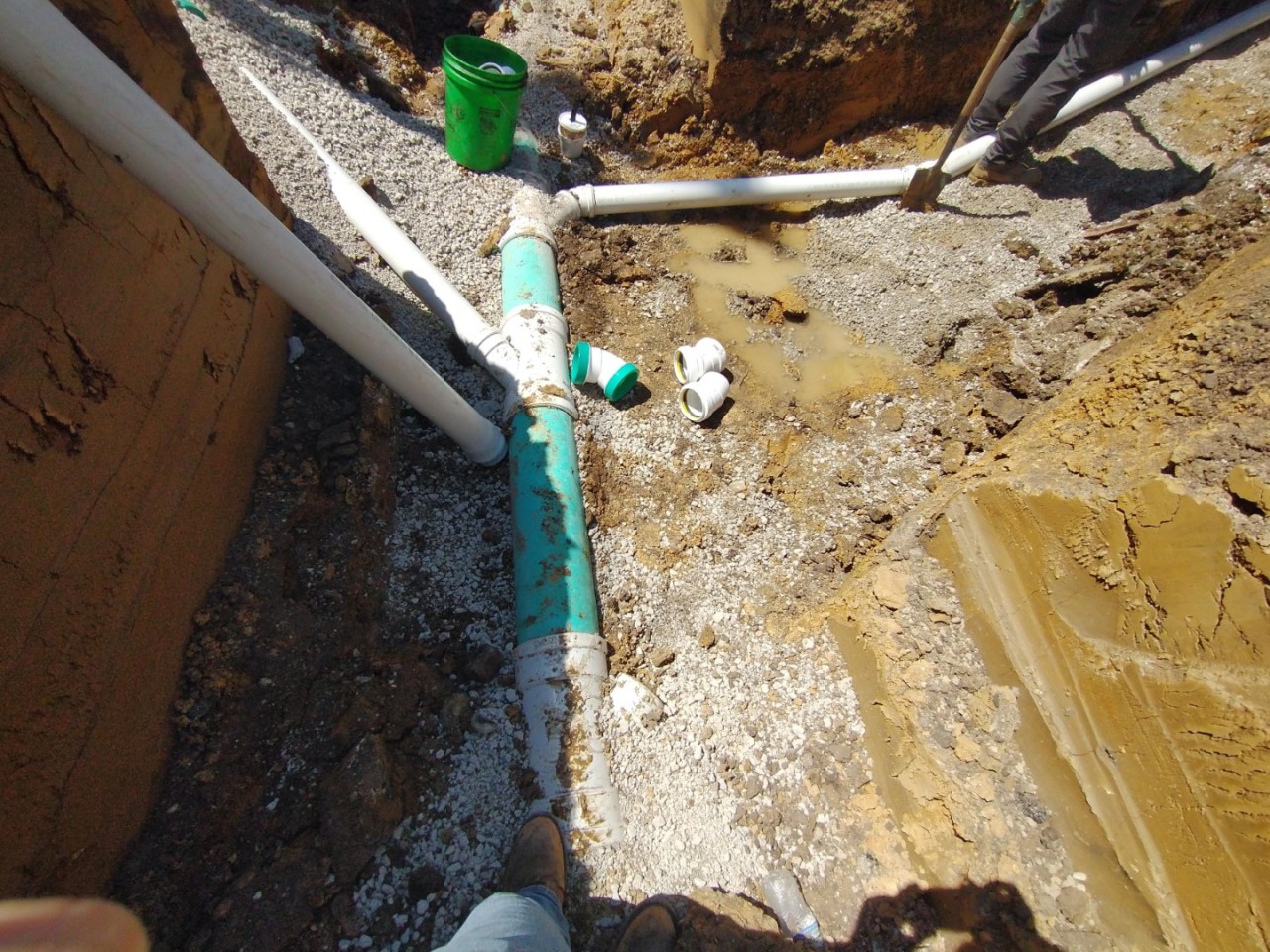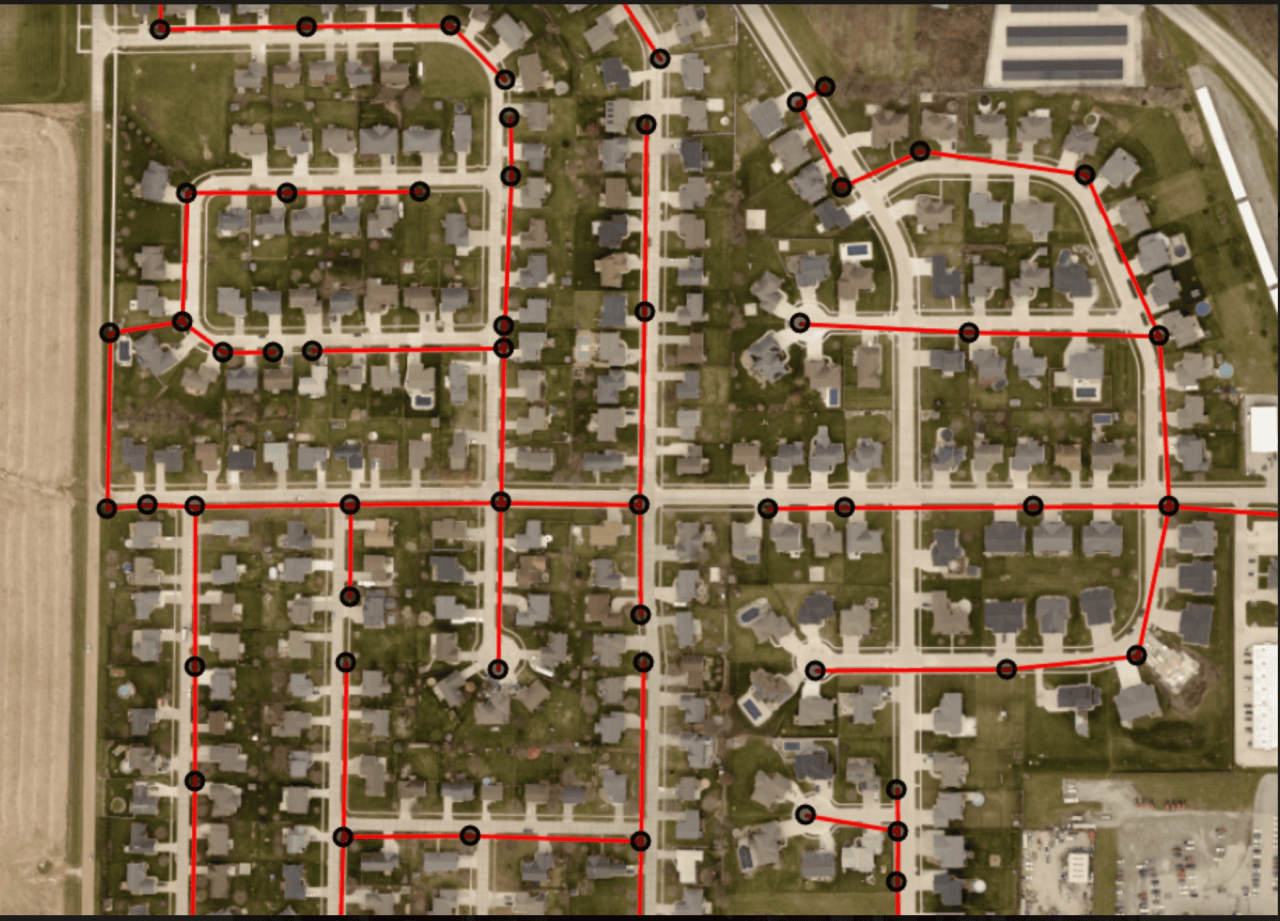Wastewater collection systems: evaluating and planning
Before sewage/wastewater is discharged or reused, it must be properly collected from homes, businesses and industries. A wastewater or sewer collection system is primarily designed to collect and move flows to a downstream treatment plant. As sewage flow moves, it encounters pressure and gravity. The construction of sewer structures such as collection systems, lift stations and pump stations facilitate sewage collection.
Typically, wastewater collection systems are of three types:
- Combined sewers. These are designed to collect sanitary sewage and stormwater runoff. As these flows are collected through a single-pipe system, a combined sewer system is more suitable during dry weather. During rain or snow, when a large volume of stormwater enters the system, the chance of overflow in combined sewers is significantly higher. The construction of combined sewers is not allowed by state and local authorities.
- Separate sanitary sewers. These sewers are designed to collect wastewater only. Though separate sanitary sewers are constructed with some allowance for high flows during storms, they generally do not provide widespread drainage for the large volume of stormwater runoff. Such sewers, if not maintained properly, may receive a large amount of infiltration and inflow when it rains or snows, resulting in sanitary sewer overflows (SSOs).
- Storm sewers. These are designed to carry rainfall runoff and other drainage through underground pipes or open ditches. Storm sewers do not carry sewage or hazardous wastes, as the flow is discharged untreated into local streams, rivers and other surface water bodies. Storm drain inlets are usually found in basement floor drains of some older buildings, curbs and low-lying outdoor areas.
The operation and maintenance of a wastewater collection system are integral to complying with national and local wastewater treatment standards. An experienced team of wastewater engineers can help your community analyze different factors for the evaluation and planning of wastewater collection systems.
Key factors for evaluating and planning wastewater collection systems
The location and size of a wastewater collection system in a community are determined based on development area, terrain and projected flows. The U.S. Environmental Protection Agency (EPA) estimates there are at least 40,000 SSOs each year, which can contaminate water and threaten public health. The EPA guide for evaluating capacity, management, operation and maintenance (CMOM) programs at wastewater collection systems emphasizes proactive prevention and better response to SSOs. The following are some of the critical factors that communities should consider when evaluating and planning wastewater collection systems to prevent SSOs.
Wastewater collection systems represent major capital assets for communities. As equipment and facilities deteriorate, it is important for communities to evaluate and plan the upgrade, repair and maintenance of collection systems. For most sewer networks, using GIS offers advantages over conventional plan drawings or CAD maps. An experienced team of wastewater engineers helps with the technical knowledge in designing, constructing and maintaining required structures in a sewage collection system.
Partner with Fehr Graham to evaluate and plan wastewater collection systems
Fehr Graham employs experienced wastewater engineers and other licensed professionals. Our team has helped communities strengthen wastewater infrastructure since the 1970s. We provide end-to-end assistance on everything related to effective and affordable wastewater treatment, including overseeing construction, conducting routine maintenance and repair, and securing funding.
When evaluating and planning wastewater collection systems, we use the latest technologies, including LIDAR contours/surface elevation, to determine the area that can be served by a gravity collection system. The result is improved operational, environmental and financial performance of wastewater collection systems in your community.
To learn more about how Fehr Graham can help you with evaluating and planning wastewater collection systems in your community, contact us or call 563.927.2060.
 |
Lucas Elsbernd, a Professional Engineer and Senior Project Manager, finds innovative solutions to challenging water and wastewater projects. He manages municipal, commercial and industrial planning and design projects in the water resources environment. He fosters a positive client experience and collaborates with leaders throughout the firm on project pursuits and technical issues. Lucas is one of the firm’s water and wastewater experts. He has a strong technical knowledge of water and wastewater treatment design and construction engineering. He can be reached at |
Collaborative, Insightful, Results-Driven Solutions
Fehr Graham provides innovative engineering and environmental solutions to help improve the lives and communities of our customers.



